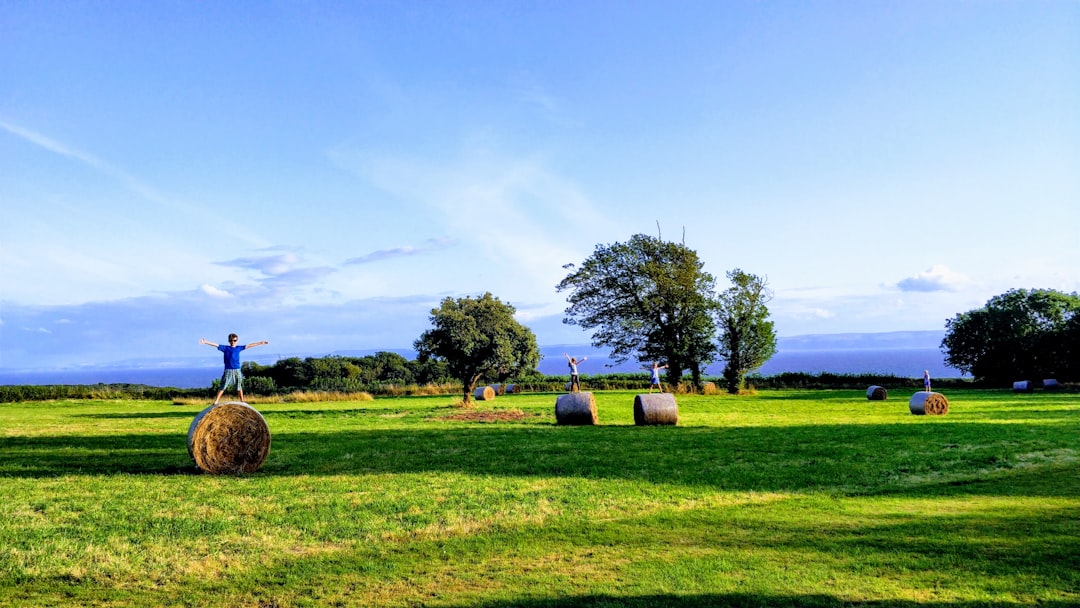What is it about?
Plants are often exposed to both fire and herbivory, but we show here that the strategies plants use to avoid being eaten make them more likely to be burned, and that being able to protect leaf material from herbivore mouthparts does not necessarily protect them from hot flames. We can use this understanding to explain why plants found in environments with fire and herbivory are so variable, and why when people change patterns of fire or herbivore it can have such big impacts.
Featured Image

Photo by Dennis Mayk on Unsplash
Why is it important?
No one has tried to link adaptations to fire and to herbivory before, even though plants are often exposed to both of these consumers in their life-times. With the integrated framework presented here it should be easier to understand why plants growing in the same environment can look so very different, as well as manage changes in plant communities that are caused when people alter fire and grazing/browsing patterns.
Perspectives
The process of working with my two co-authors to turn our ideas into a clear story was incredibly exciting - like making a jig-saw puzzle when you have some, but not all control of the shapes of the pieces. It fits together really well in our heads now and we hope that other people will also enjoy, and find new meaning in looking at their study systems in this way.
Sally Archibald
University of the Witwatersrand
Read the Original
This page is a summary of: A unified framework for plant life history strategies shaped by fire and herbivory, New Phytologist, June 2019, Wiley,
DOI: 10.1111/nph.15986.
You can read the full text:
Resources
Contributors
The following have contributed to this page










